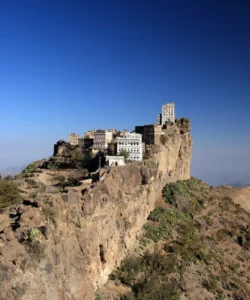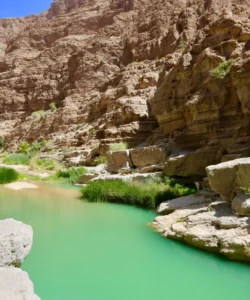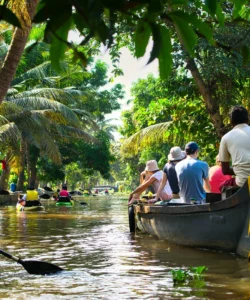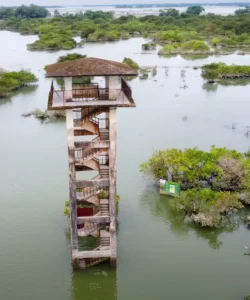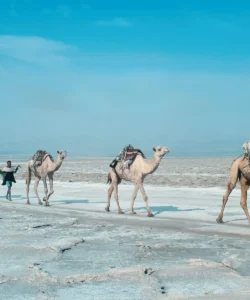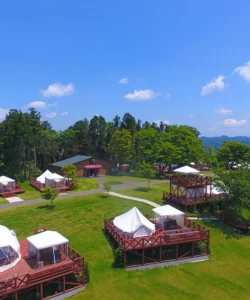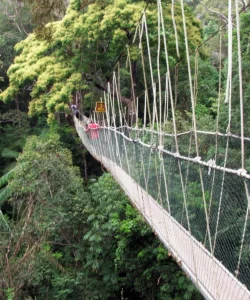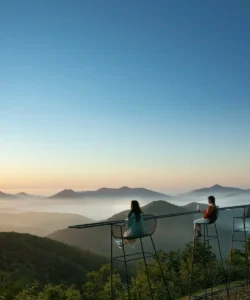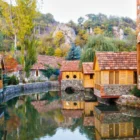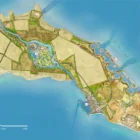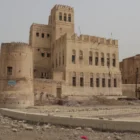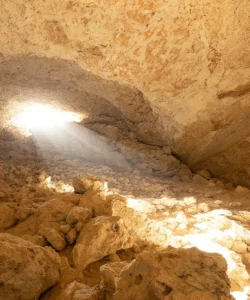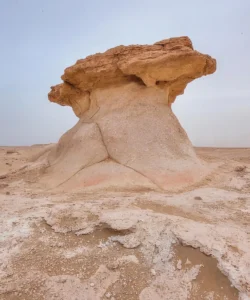Areni-1 Cave (also known as “Birds’ Cave” or Trchuneri in Armenian) is a multi-chambered karstic cave located in the Vayots Dzor Province of southern Armenia. This archaeological site has gained international fame for its exceptionally well-preserved organic remains, offering unprecedented insights into ancient human life, particularly early winemaking.
Listen to an introduction about Areni-1 Cave
Name and Address
- Name: Areni-1 Cave (also “Birds’ Cave” or Trchuneri).
- Address: Near Areni village, Vayots Dzor Province, Armenia.
- Location: Situated approximately 109-137 km (68-85 miles) southeast of Yerevan, nestled on the left-hand side of the Arpa River basin, a tributary of the River Araxes. The cave is part of the picturesque Vayots Dzor region, known for its dramatic landscapes and ancient traditions.
How to Get There
Areni-1 Cave is a popular stop for those exploring southern Armenia, often combined with a visit to Noravank Monastery and the surrounding wine region:
- From Yerevan:
- By Car/Taxi: The most convenient option, taking about 1.5 to 2 hours. Taxis are readily available, or you can rent a car for greater flexibility.
- By Minibus (Marshrutka): Take a minibus from Yerevan’s Kilikia Central Bus Station towards Yeghegnadzor. From Yeghegnadzor, you’ll need to arrange a local taxi or car to reach the cave, which is near Areni village. This option takes longer (around 3 hours or more).
- Organized Tours: Many tour operators offer combined day trips from Yerevan that include Areni-1 Cave, Noravank Monastery, and wine tasting in Areni village. This is often the most hassle-free way to visit.
- Visitor Information:
- Entrance Fee: Approximately 1000 AMD per person (fees may vary).
- Tour Duration: A self-guided visit can take around 30 minutes, while a guided tour for a more detailed experience might last about 60 minutes.
- Photography: Photography inside the cave is generally prohibited to help preserve the site and its artifacts.
- Facilities: Cafes and souvenir shops are located near the cave entrance.
Landscape and Discoveries
Areni-1 Cave is a natural karstic formation, but its true significance lies in the archaeological treasures found within its chambers. The cave’s stable microclimate (minimal temperature oscillations and low humidity) has provided ideal conditions for the exceptional preservation of organic materials.
- Archaeological Significance: Excavations, which began in 2007, have revealed continuous occupation and use from the Late Chalcolithic period (late 5th to early 4th millennia BC) through medieval times. The site is crucial for understanding the formation of complex societies in the southern Caucasus.
- Key Discoveries:
- World’s Oldest Winery: Discovered in 2011, this 6,100-year-old winery is the oldest known full-fledged wine production facility in the world. It includes a wine press, fermentation vats, storage vessels, grape seeds, and dried grapevines, providing strong evidence that Armenia is a cradle of winemaking.
- World’s Oldest Leather Shoe: Unearthed in 2008, this 5,500-year-old leather shoe (dating to 3500 BC) is remarkably well-preserved. Made from a single piece of cowhide, it was found stuffed with grass, demonstrating sophisticated ancient craftsmanship.
- Oldest Straw Skirt: A straw-woven skirt dating to 3900 BC was reported in 2011.
- Ancient Human Brain: Biological materials consistent with a 4,000-year-old human brain were discovered in 2008, offering rare insights into ancient human remains.
- Other Finds: Excavations have also uncovered numerous ceramic remnants, tools, baskets, clothing fragments, and human skulls (some in storage vessels, suggesting ritualistic practices).
- Cave Structure: The cave is a three-chambered complex, with different areas used for habitation, economic production (like winemaking), and ritual/burial purposes. Only a small percentage of the cave has been fully explored, suggesting more discoveries may lie ahead.
What Makes It Famous
Areni-1 Cave’s global fame is directly linked to its extraordinary archaeological finds:
- Pioneering Winemaking: The discovery of the world’s oldest winery firmly establishes Armenia’s ancient viticultural heritage and its role in the history of wine production. This is its most significant claim to fame.
- Oldest Leather Shoe: The remarkably preserved 5,500-year-old leather shoe is another world-record-breaking find, showcasing advanced ancient craftsmanship and daily life.
- Exceptional Preservation: The cave’s unique microclimate has allowed for the survival of organic materials that would normally decay, providing an unparalleled window into prehistoric life.
- Insights into Early Civilizations: The artifacts found provide valuable insights into the Chalcolithic and Early Bronze Age Kura-Araxes culture, including their economy, social organization, and ritual practices.
- Integration with Modern Wine Region: Its location in the heart of Armenia’s modern-day wine region (Areni village is famous for its wine) creates a compelling link between ancient traditions and contemporary practices.
Differences from Some Other Landmarks
Areni-1 Cave stands out from other Armenian landmarks in several key ways:
- Focus on Prehistory and Daily Life: Unlike the medieval monastic complexes (Geghard, Tatev, Noravank) or the early Christian cathedrals (Etchmiadzin, Zvartnots) that primarily showcase religious architecture and history, Areni-1 is an archaeological site focused on much older, prehistoric human activity and daily life, particularly related to agriculture and craftsmanship.
- Nature of “Architecture”: While other sites feature grand built or rock-cut structures, Areni-1’s “architecture” is a natural cave system adapted and utilized by ancient humans, with the focus being on the archaeological layers and artifacts rather than monumental constructions.
- World Records: Areni-1 holds specific world records (oldest winery, oldest leather shoe) that give it a unique global standing among archaeological sites.
- Integration with Modern Industry: Its direct connection to the modern winemaking industry in the surrounding Areni village provides a unique blend of ancient history and contemporary culture that is less prominent at other historical sites.
Areni-1 Cave Photos:































